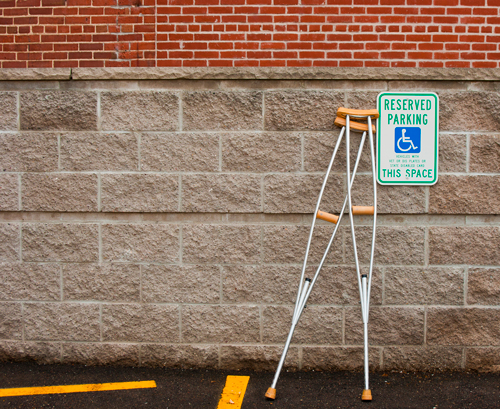
The benefits of getting out of bed and moving as soon as possible after surgery are well known. Now, doctors often prescribe the same therapy when treating leg fractures. Get up. Get moving. And with supervision, start stretching and putting weight on that broken leg. The leg contains three long bones—the femur or thighbone, the tibia or shinbone, and the fibula, a thinner bone that runs alongside the tibia.
Depending on the angle and force of the trauma, any one of these bones can fracture. There are three types of fractures:
- a nondisplaced or stable fracture where the broken ends of the bone have barely moved
- a displaced fracture where the broken ends have moved significantly out of alignment
- an open or compound fracture where the bone protrudes through the skin
Some muscle atrophy and loss of strength may occur with all leg fractures. An open fracture is often accompanied by tendon and muscle damage that will need extended rehabilitation. Instead of the traditional plaster cast, many non-displaced fractures of the tibia and fibula are treated with a protective walking boot to immobilize and protect the bone. The boot, which is adjustable and removable, is more comfortable and gives the wearer more control than a cast. It enables you to engage in strengthening and flexibility exercises earlier than you can with a plaster cast. This helps reduce muscle atrophy and loss of muscle strength and may speed recovery time. Displaced fractures require surgical fixation followed by a cast or walking boot. They may require a delay before starting rehabilitation. Studies have found that even with displaced fractures, strengthening exercises and early weight bearing can speed healing and decrease disability. No matter what type of leg fracture you have incurred, we can work with your physician to develop a comprehensive program of safe stretching and strengthening followed, if necessary, by balance and gait improvement exercises. Under our guidance, you will be up on your feet and walking normally as soon as possible.
















